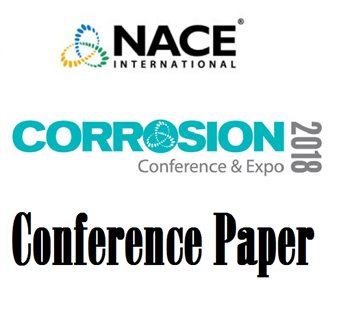Search
51318-10669-SSC Resistance Testing of Heavy Wall Large-Diameter Pipes using Full-Size Four-Point Bend Tests and DCB Tests
Also Purchased
51318-10665-Analysis of Hydrogen Induced Cracking by in-situ HIC Observation Method
Product Number:
51318-10665-SG
Publication Date:
2018
$20.00
51318-10655-Well Casing CP - Design Issues & Case History
Product Number:
51318-10655-SG
Publication Date:
2018
$20.00
51318-10656-CP Interference - Interference Testing and Mitigation of Interference Issues
Product Number:
51318-10656-SG
Publication Date:
2018
$20.00




